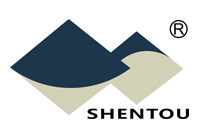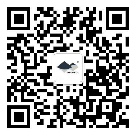CHINA AUTOMOTIVE SUPPLIER QUALITY MANAGEMENT BRIEFING
09/01/2021
Vol. 5, No. 9, September 2021

① QUALITY CHALLENGES & SOLUTIONS WITH YOUR SUPPLIERS IN CHINA
Factory Audits & Quality Inspections
During & Post COVID-19:
On-site Supplier Audits + Remote Participations by International Buyers(V)
(Continued from the last issue)
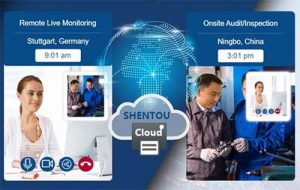 The implementation of “On-site supplier audit plus remote participation by international buyer”
The implementation of “On-site supplier audit plus remote participation by international buyer”
Since the start of the COVID-19 pandemic in early 2020, it has been difficult for overseas customers to conduct annual audits of old suppliers and initial audits of new suppliers. In view of the current global pandemic situation and with the level of network communication technology, the only sensible way to conduct the audits or inspections is through on-site 2nd party supplier audits with remote participations by international buyers, a new service model called “on-site plus remote” approach.
The solution of on-site activities plus remote participation is NOT simply to have international buyers look at the entire process of factory audits or pre-shipment inspections via some form of video-links while local service providers undertake the process on the ground at the site of the factories.
Rather, it takes meticulously planning, especially on the identification of product-specific key product and process characteristics, before each audit or inspection. Local service providers need to proactively work with the factories and the international buyers in advance, so that the remote participations by buyers during the on-site audits or QC inspections by the service providers can be focused, the processes under control, and the results verifiable and trusted.
It not only requires the service providers to be professionally experienced in the standard audit or inspection operations, but it is also critical that the service providers have sufficient knowledge in and experience with the specific products and the production process.
For audits where clients would attend remotely, the audit leader should compile the audit plan after full communications with the clients and the auditees before the audits, taking into consideration the scope, the areas on-site, the timing, the length, the language, the remote communication tools, and the auditors.
The determination of the audit plan has direct impact on the effectiveness of remote participation by the clients. A complete 2nd party audit would take at least two man/date, and it is impossible for the clients to take part during the entire process. This author’s company has had clients planning to fully participate in such audits remotely, but they often had to leave the online sessions before finish. The clients often felt quite exhausted, as the audit took up too much of their time and attention and the audit results are far from satisfaction.
Some practical considerations first:
A. Audit type/timing/length: The audit type depends on clients’ requirements, including QMS audit, process audit or product audit. Once the audit type is decided, we will designate one or several segments for the clients to choose to participate based on the key characteristics of the products and process identified by the factories, as well as the expertise and experience of the audit team.
For European customers, we’d recommend the window of time between 2 pm and 6 pm in China when the clients are usually working in Europe. The total length of time is typically controlled to be within 30 minutes, with maximum 1 hour for each session.
B. The choice of audit sites and tools: The audit sites depend on audit types. For QMS audits, we usually suggest the clients to take part in the opening and closing meetings for them to understand the audit purpose and audit results. Alternatively, the clients could take part in the process of documentation audit of a department. For process/product audits, we’d suggest one workshop of the production sites, one process, one testing lab or one on-site section. The audit communication tools should be pre-planned and tested, and typically including the communicating platforms of choice by the clients, such as Teams, Zoom, Tencent Meeting, or WeChat.
C. Auditors/Audit language: The selection of auditors usually depend on the audit type requested by the clients. Auditors are chosen based on industry-related experience as well as audit experience relating to the materials, technologies, and processes used to produce the products. The language used on-site is typically Chinese with simultaneous translation for the benefits of the clients. The translations would cover the on-site audit status, questions and answers between clients and the factory staff, the work instructions and related records at site. To achieve the best effect, a dedicated translator could be used during the remote access sessions, rather than the auditors conducting audits while translating.
The audit model of combining on-site activities with remote participation could preserve the original audit scenes with the dynamic manufacturing process and documents on-site such as working instructions and records, providing credible and effective audit evidences.
In the next few issues we will discuss how to effectively implement the new audit model in order to ensure the audit effectiveness whereby international buyers would have the same audit effects as if they were physically on-site.
(To be continued)
By Felix SS YUAN
② CRITICAL FAILURE MODES / QUALITY CONTROL POINTS IN FOCUS
Lifting Jack
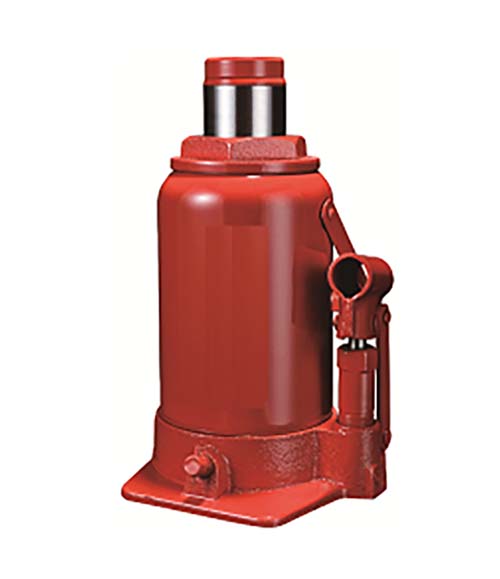
Jack is a light and small lifting equipment that uses steel jacking parts as working device to lift heavy objects in the stroke through the top bracket or bottom claw.
Jack is mainly used in factories, mines, transportation and other areas for vehicle repair and other lifting and supporting tasks. Its lightweight, rugged, flexible and reliable construction allows it to be carried and operated by one person.
▌Classifications
Mechanical and hydraulic.
▌Primary failure mode
Blockage failure, mechanism damage, seal damage and oil leakage.
▌Main reasons
Overload, improper protection against rust caused by long-term water vapor erosion, hydraulic oil pollution, deformation and fracture of seals, and poor welding.
▌Finished product inspection items
Appearance, welding quality, performance test, finished product structure dimensions, etc.
By Qingping LIU
③ KEY CONCEPTS & PRACTICES IN SUPPLIER QUALITY MANAGEMENT
Factory Inspection
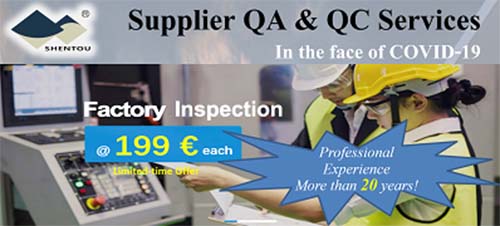
Factory audit and factory inspection are quite often mistakenly used to all refer to audits. In fact factory inspection is substantially different than an audit in many areas, such as the purpose, the standard applied, the scope, the items to be checked and the time it takes.
While an audit is a comprehensive assessment of the factory’s overall quality management system based on the full terms of the ISO9001 or IATF16949 standards, an inspection typically provides international buyers with an efficient and cost-effective tool to assess the factory’s basic capability in supplying quality goods so that the buyer can make reasonable purchasing decisions.
With the still on-going COVID-19 pandemic, almost all international buyers have been unable to come to China, as they regularly did in the past, to visit current or new suppliers, inspect key aspects of the factories’ productions, technologies and qualities, and ask important questions regarding the order-related issues. A professional factory inspection by a specialized local service provider enables the international buyers to continue the management of their suppliers in China while not being physically present.
For more details on factory inspection, please check out here.
④ CHINA INDUSTRY & MARKET UPDATE
Cost of raw materials:
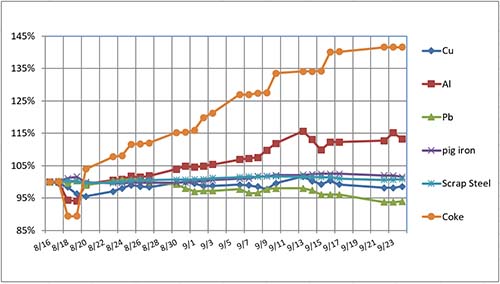
Exchange rates:
![]() USD/RMB: 1:6.4671
USD/RMB: 1:6.4671
![]() EUR/RMB: 1:7.6133
EUR/RMB: 1:7.6133
![]() RUB/RMB: 1:0.0877
RUB/RMB: 1:0.0877
September 2021
Remark: Exchange rates are 30-day average from August 24 to September 23
The above information is for reference only
⑤ IT HELPS TO KNOW...
China Supply Chain Alert
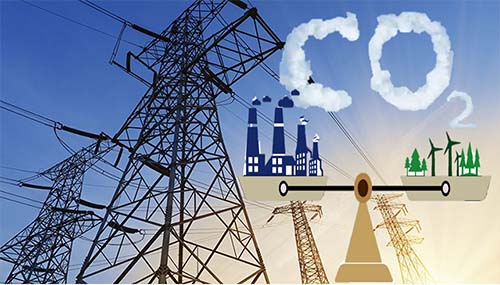
China continues to have outbreaks of the COVID-19, especially with the Delta Variant. While the overall cases are significantly fewer than in many other countries, ordinary lives in the affected areas are still seriously disrupted. Luckily for the automotive spare parts industry, the impact on production at most factories has been minimal.
The main theme with international ocean shipments is still the lack of available spaces on vessels, although the degree of seriousness seems to be lowering. Many more orders are being shipped out now despite the persistent high freight costs.
Coming to the end of September, there are now growing reports of electricity shortages in several more provinces where factories will have days with electricity completely cut off or only available in the evening. While the usual mismatch of supply and demand plays a part, it seems the major factor now is the so-called “dual controls” on energy consumption and energy intensity (measured by the amount of energy consumed per unit of GDP) that have been strengthened by the Government recently in order to reach carbon emission peak by 2030 and carbon neutral by 2060. The situation is more serious in provinces that failed to reach the annual energy consumption targets in the previous year.
And one of the most important Golden Holiday Weeks, the National Day Holiday, will start on the 1st of October and end on the 7th. Again, productions and deliveries will be disrupted during the holiday period, and most likely for several more days before and after as well. Hopefully international buyers are already used to this annual event and have become fully prepared by now.
SHENTOU SUPPLY CHAIN MANAGEMENT CO. LTD. is a Shenzhen, China, based company serving international automotive clients in the implementation of their China strategies and programs. CHINA AUTOMOTIVE SUPPLIER QUALITY MANAGEMENT BRIEFING is a bi-monthly newsletter published by Shentou to address the specific and unique quality challenges and concerns international automotive companies face with suppliers in China. Comments are welcome at qms@shentou.com. Click here to subscribe.
